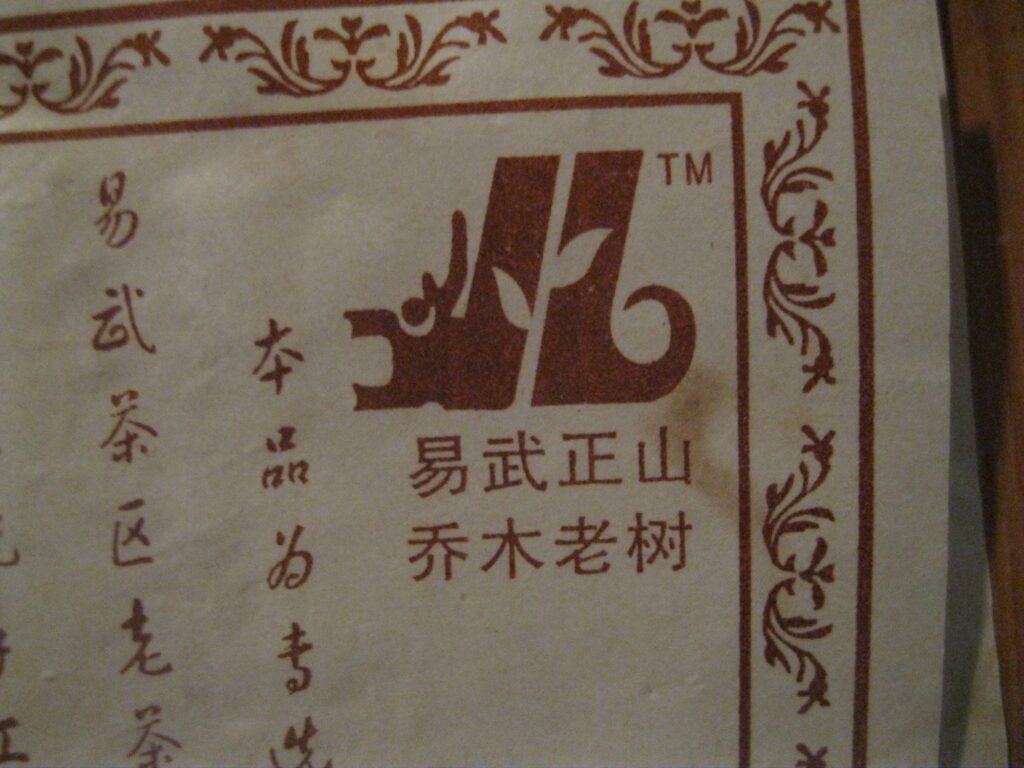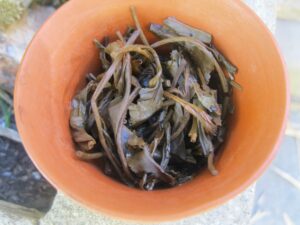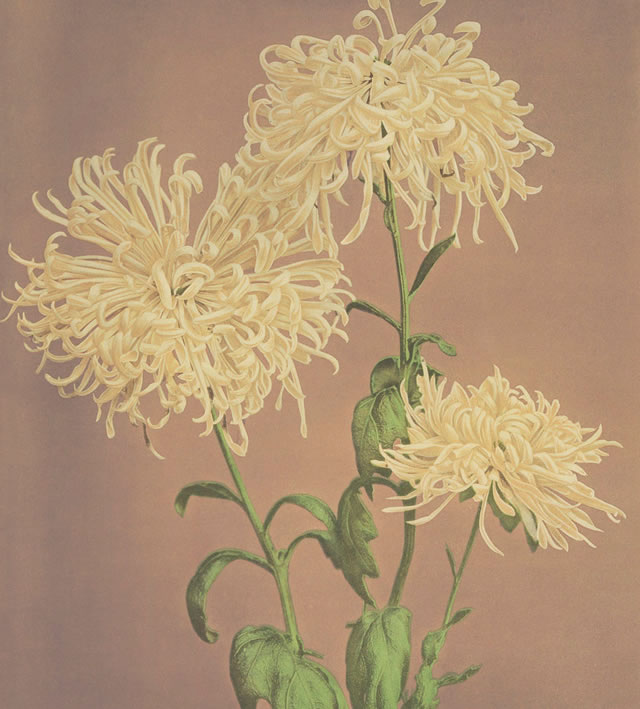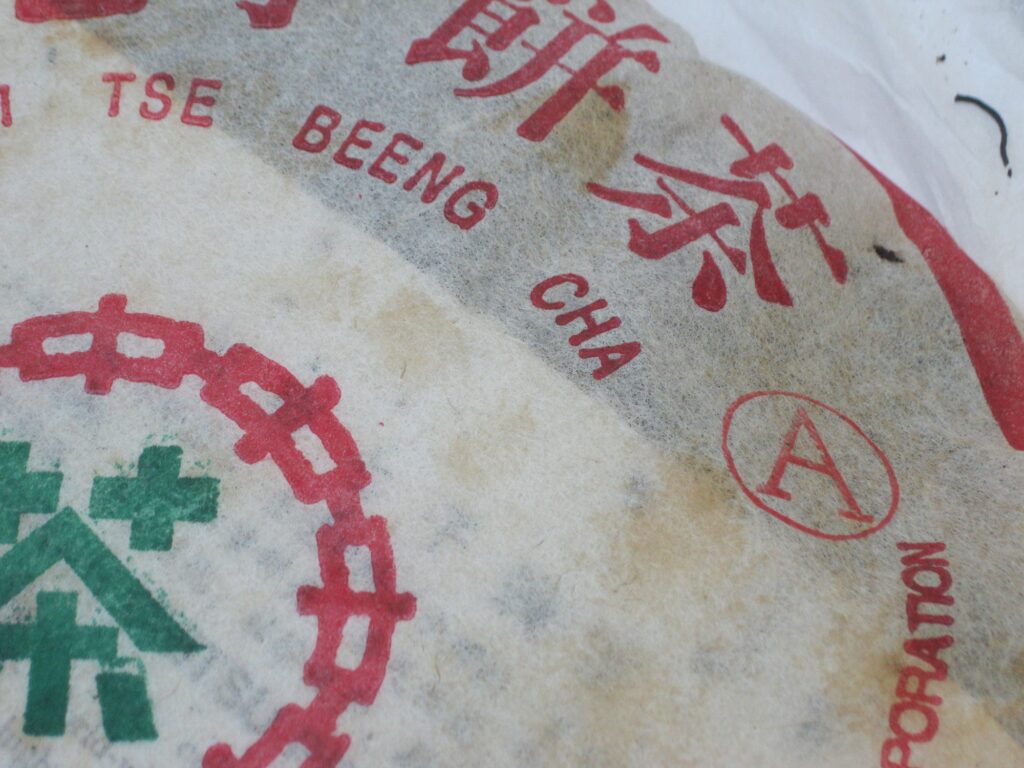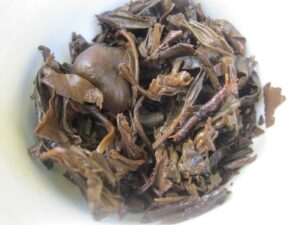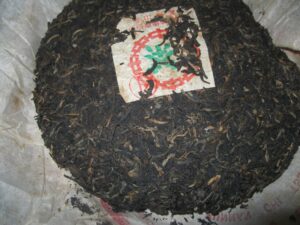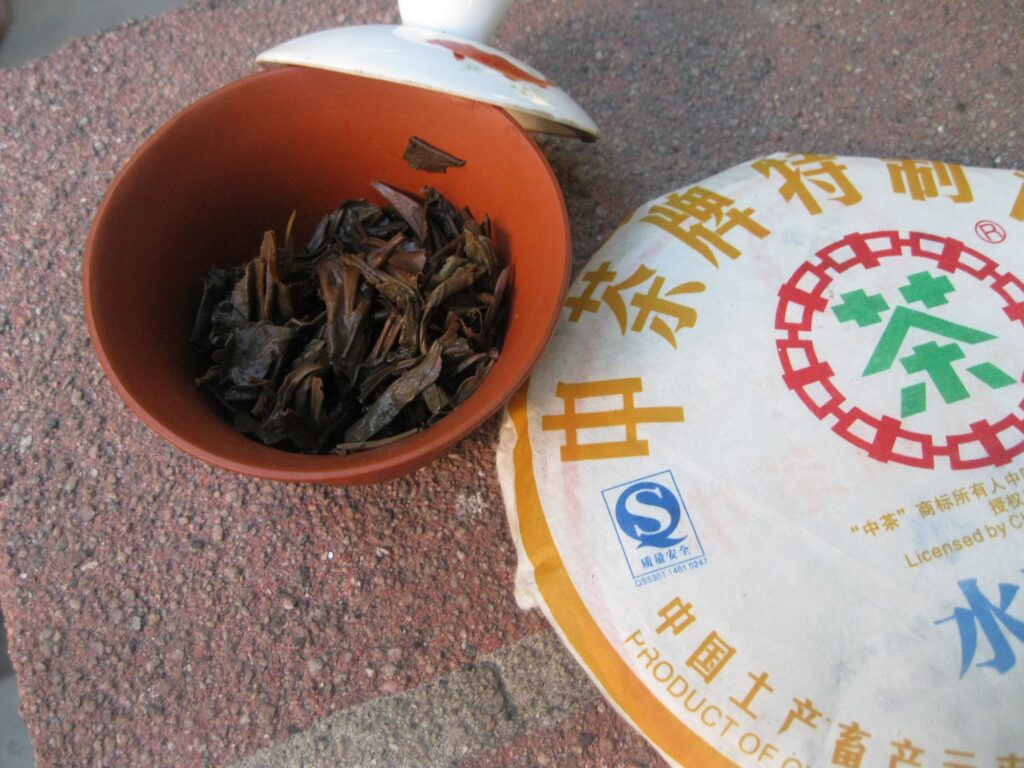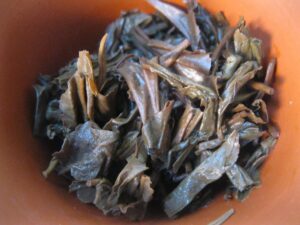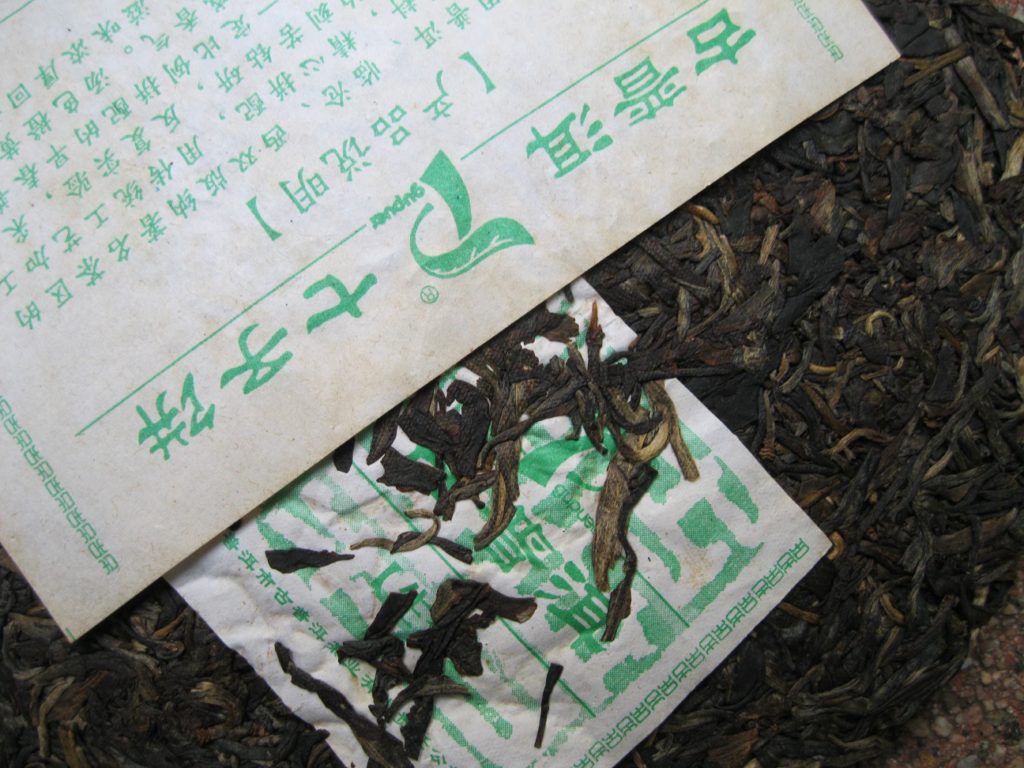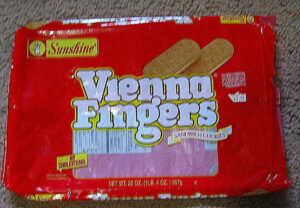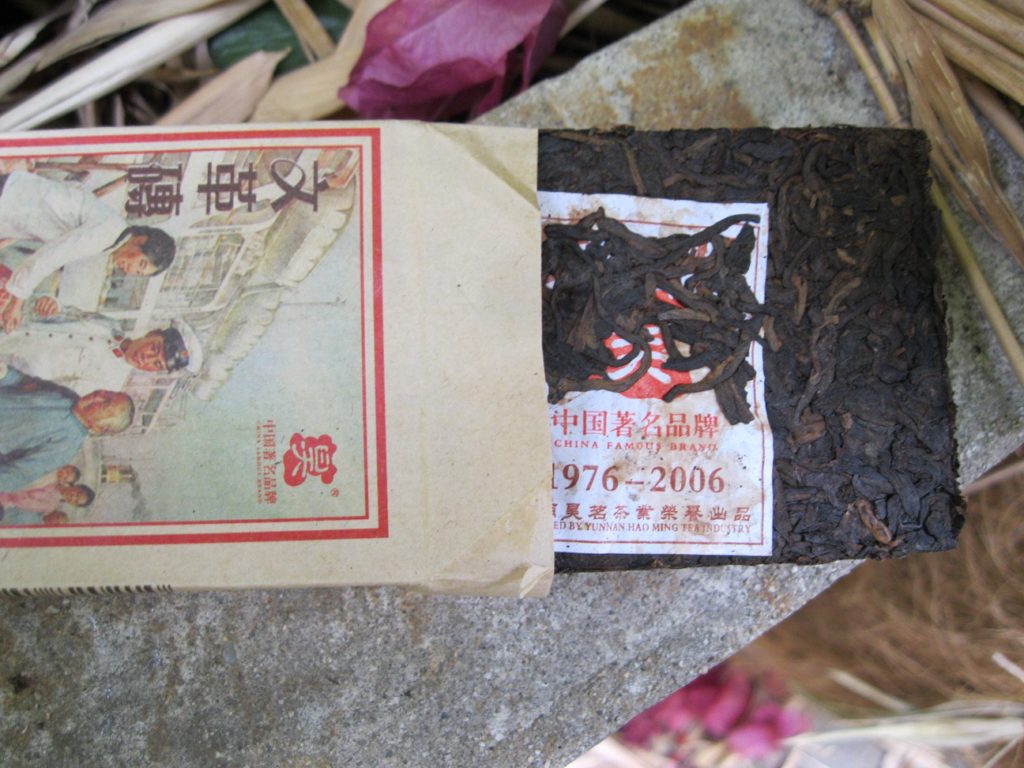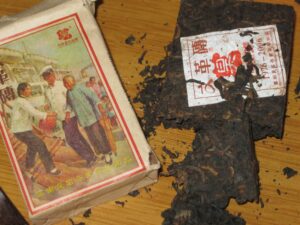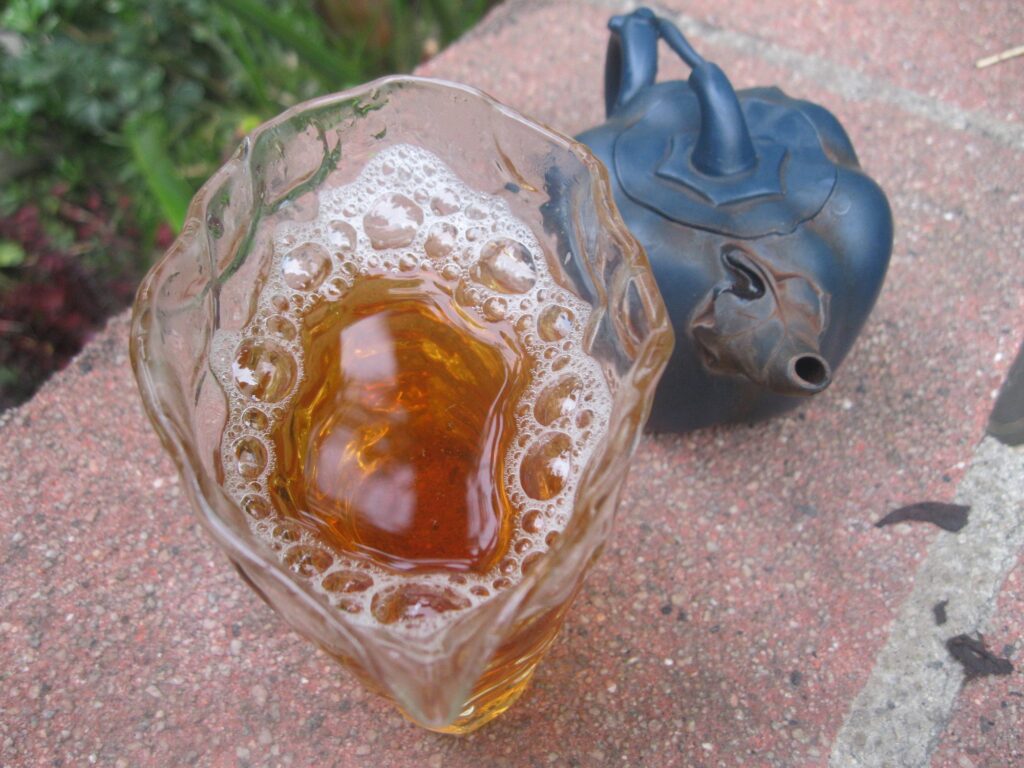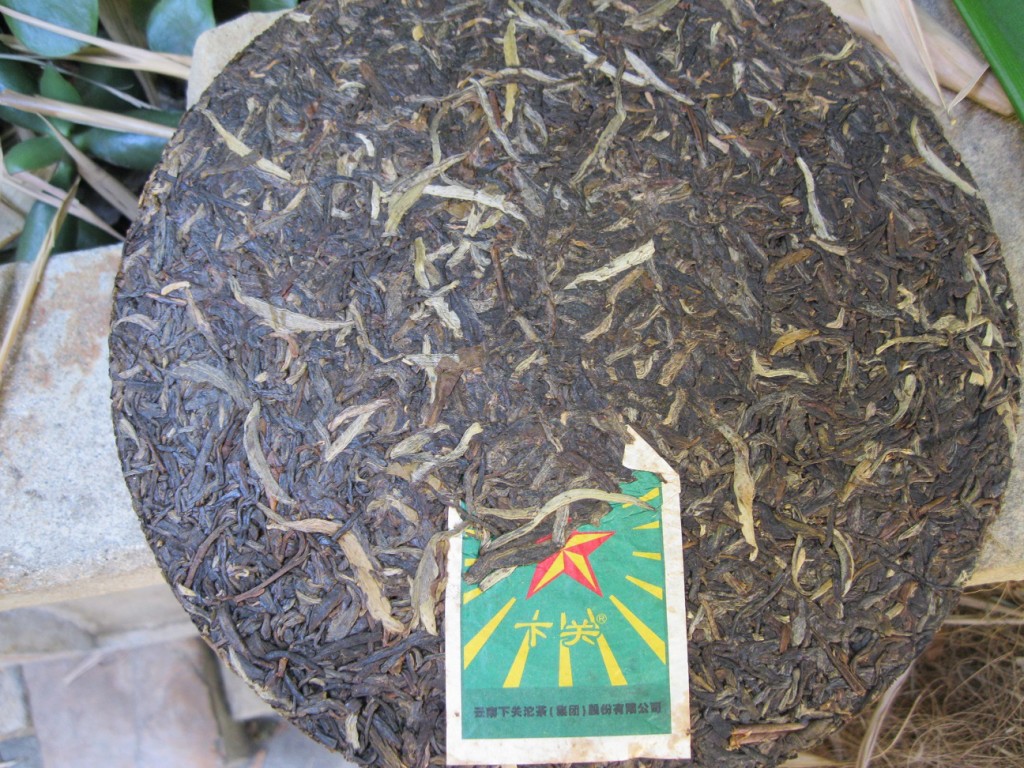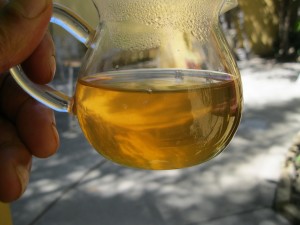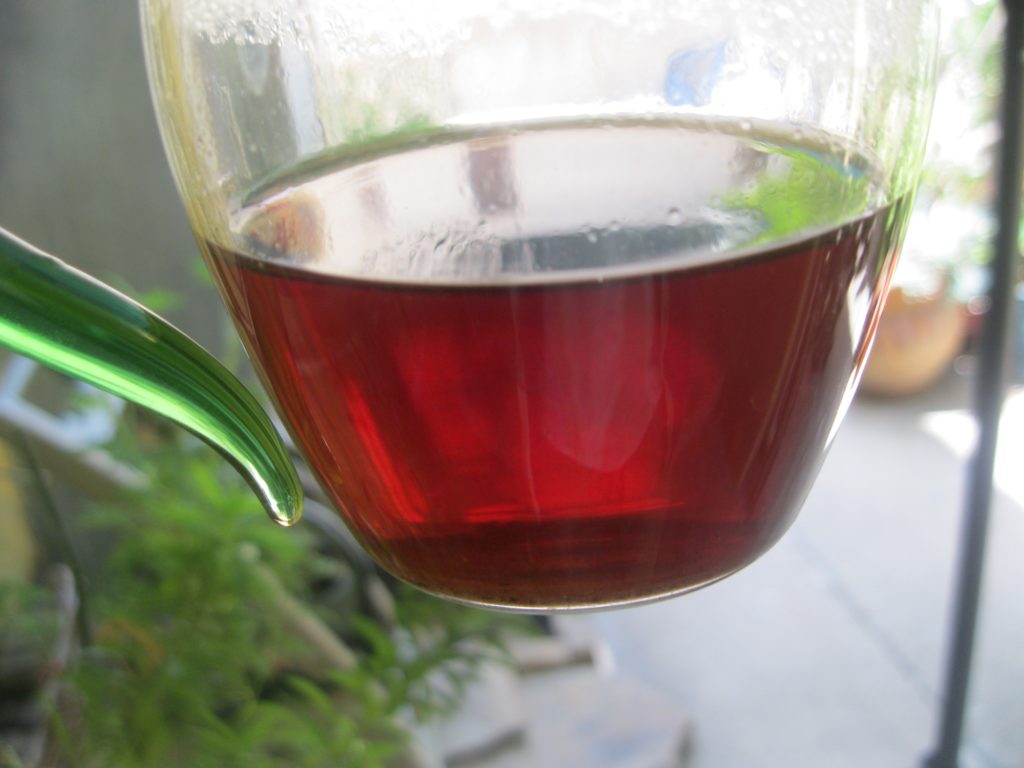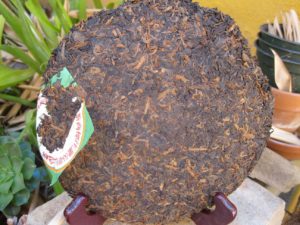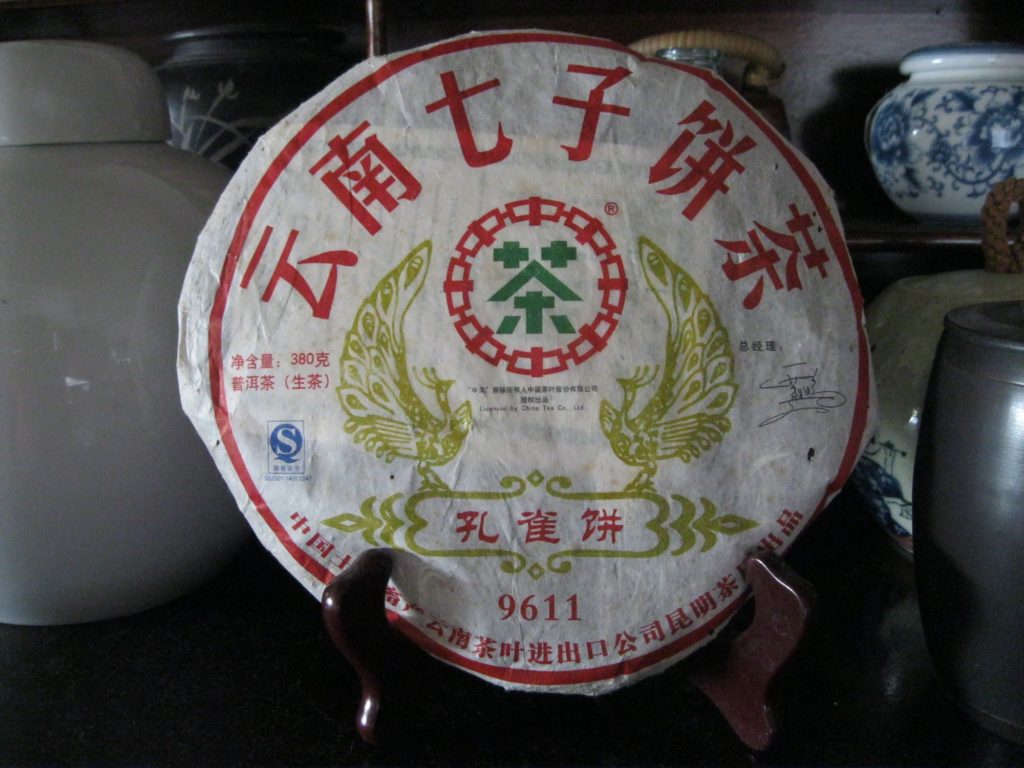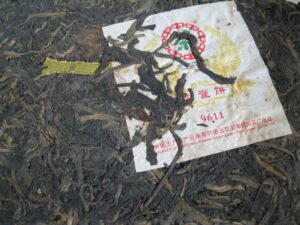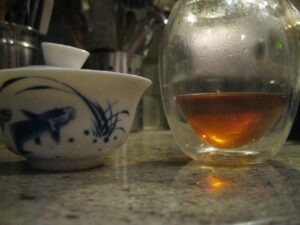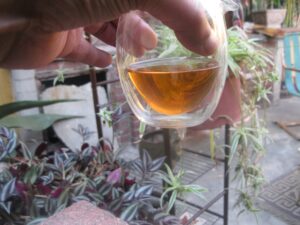Puerh Junky Report: Jinglong TF
Jinglong TF is a doozy of a puerh outfit specializing in Yiwu productions. They started production in ’95 under another name, settling upon Jinglong in 2000. Their quizzicality can be attributed to their marketing posture, which can only be characterized as all over the place. They offer some really cheap ripe and no-name raw bricks directly on Amazon, while having some more intriguing offerings sold by puerh specialty vendors.
Jinglong came onto the Puerh Junky’s radar because a preferred vendor featured one of their offerings. Hey! they didn’t go wrong with either the Yiwu Princess or the Marquis du Greenmark, why should I get cold feet now? After noticing the brand, it started coming from the woodwork everywhere, various productions mostly from ’05-’06 but a few from ’08-’09 as well, all at wildly different prices.
The Puerh Junky has now tasted three of their productions since Jul ’20, and they’re all quite tasty. For the enthusiast of Yiwu Zen, they’re definitely worth sampling. Their offerings share some similar traits in terms of big leaves with alluringly long stems, rock sugar sweetness, and durability. They’re ready for drinking now with next no astringency, possessing aged trajectories of either medicine or root beer. Need I really say more? They aim to please.

